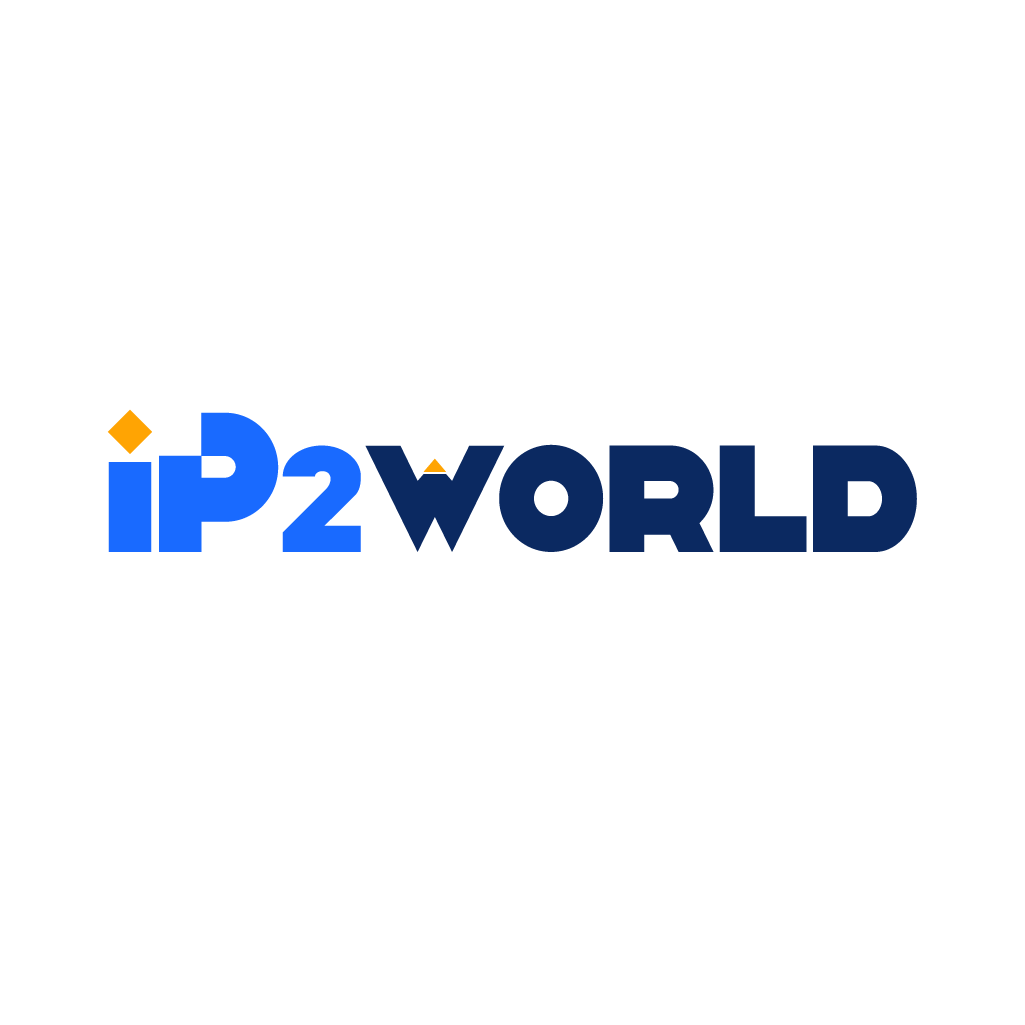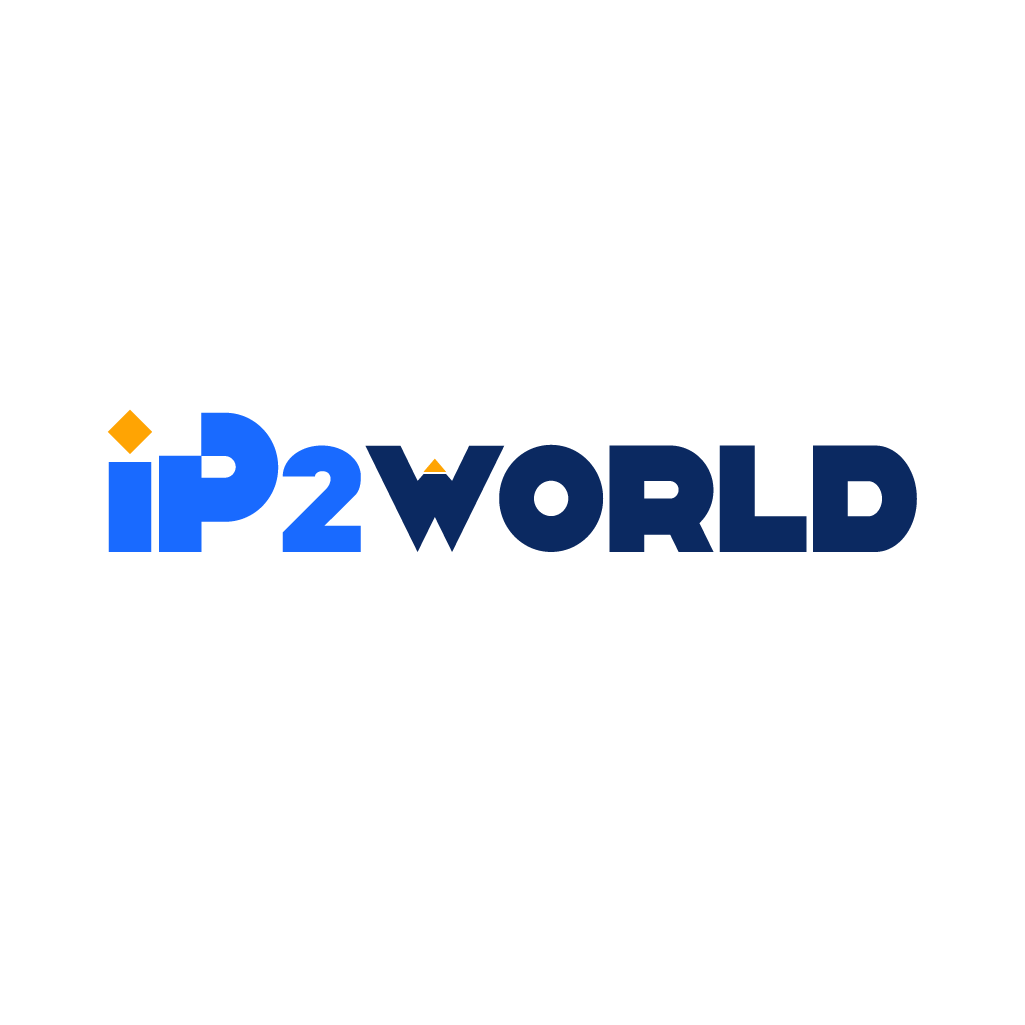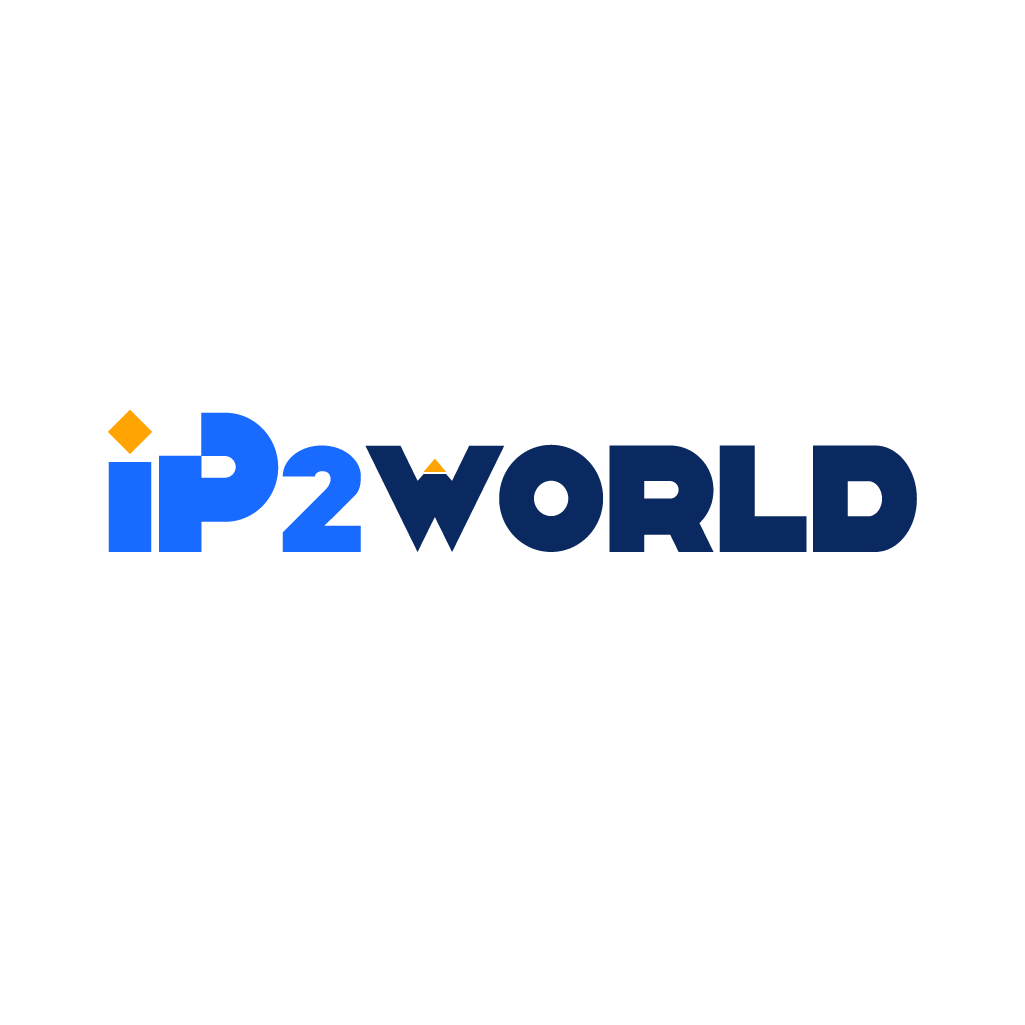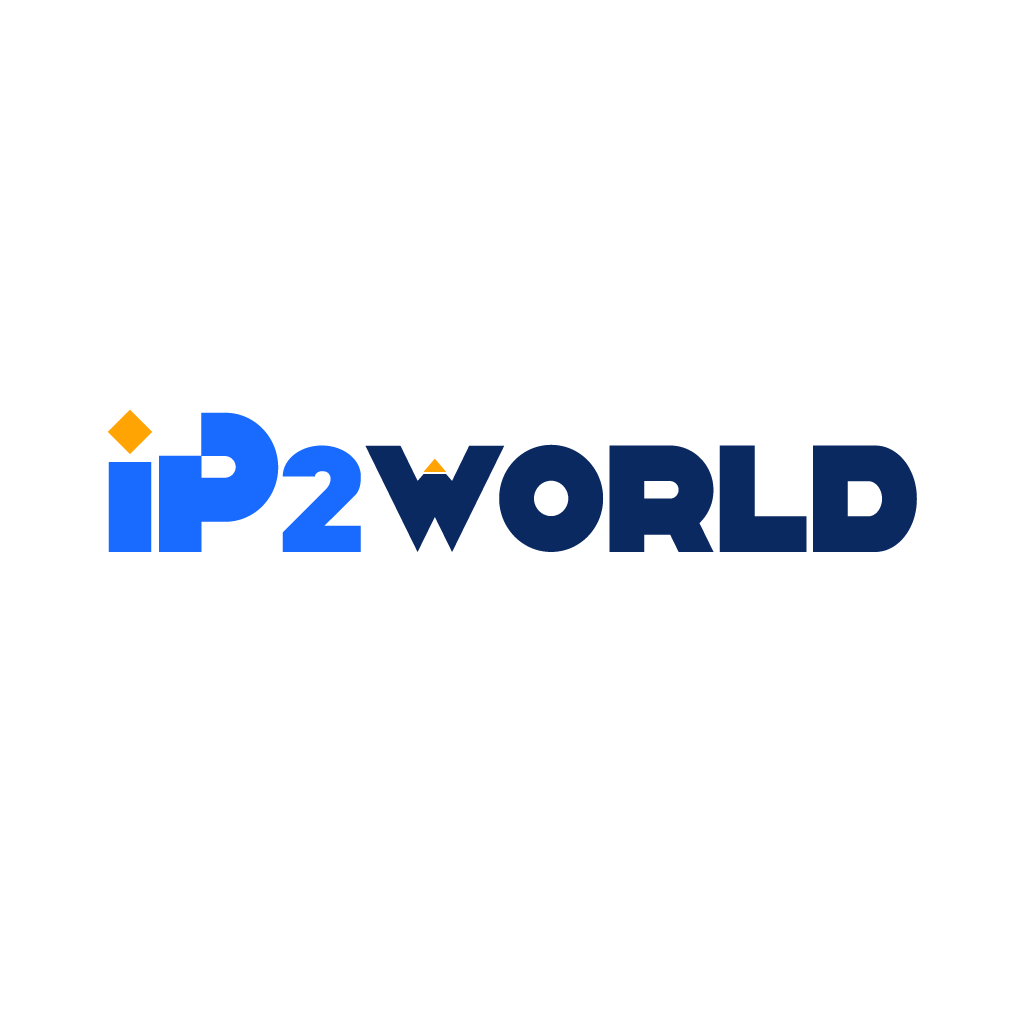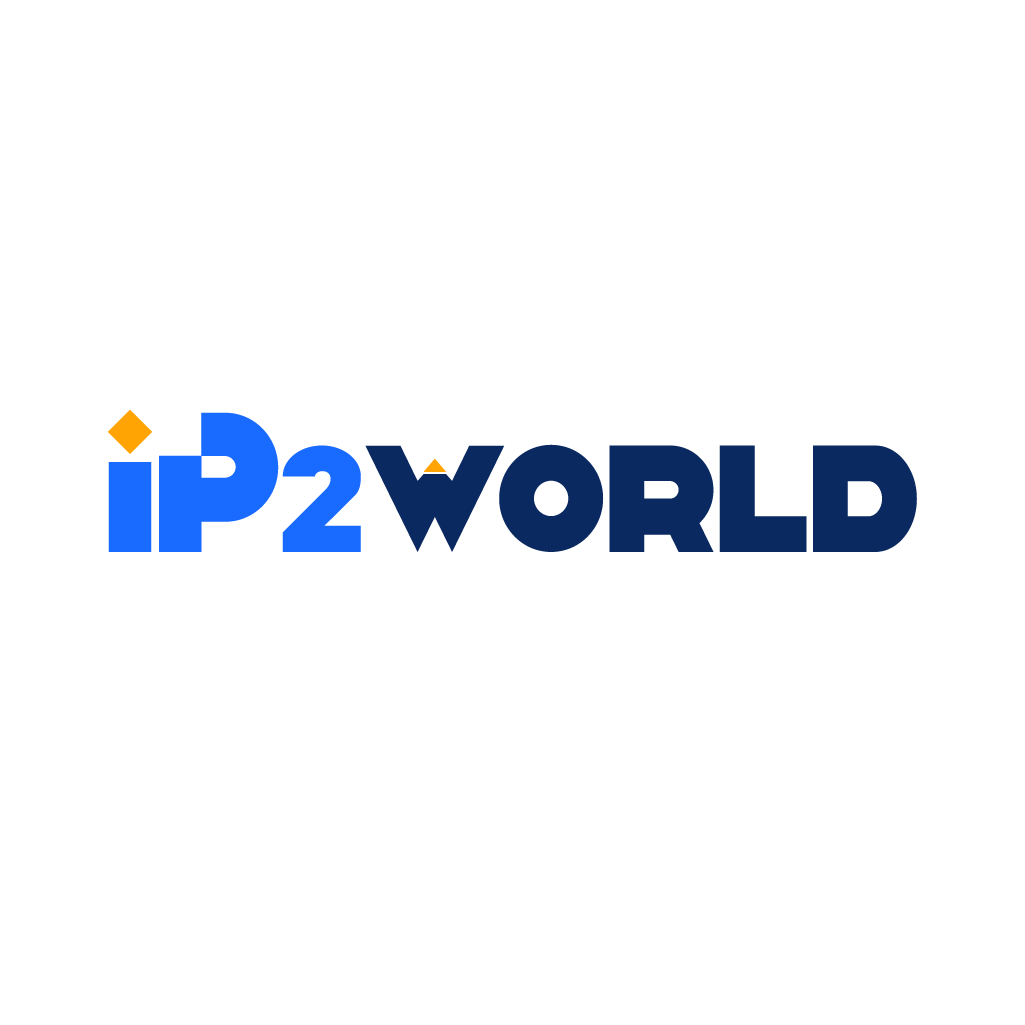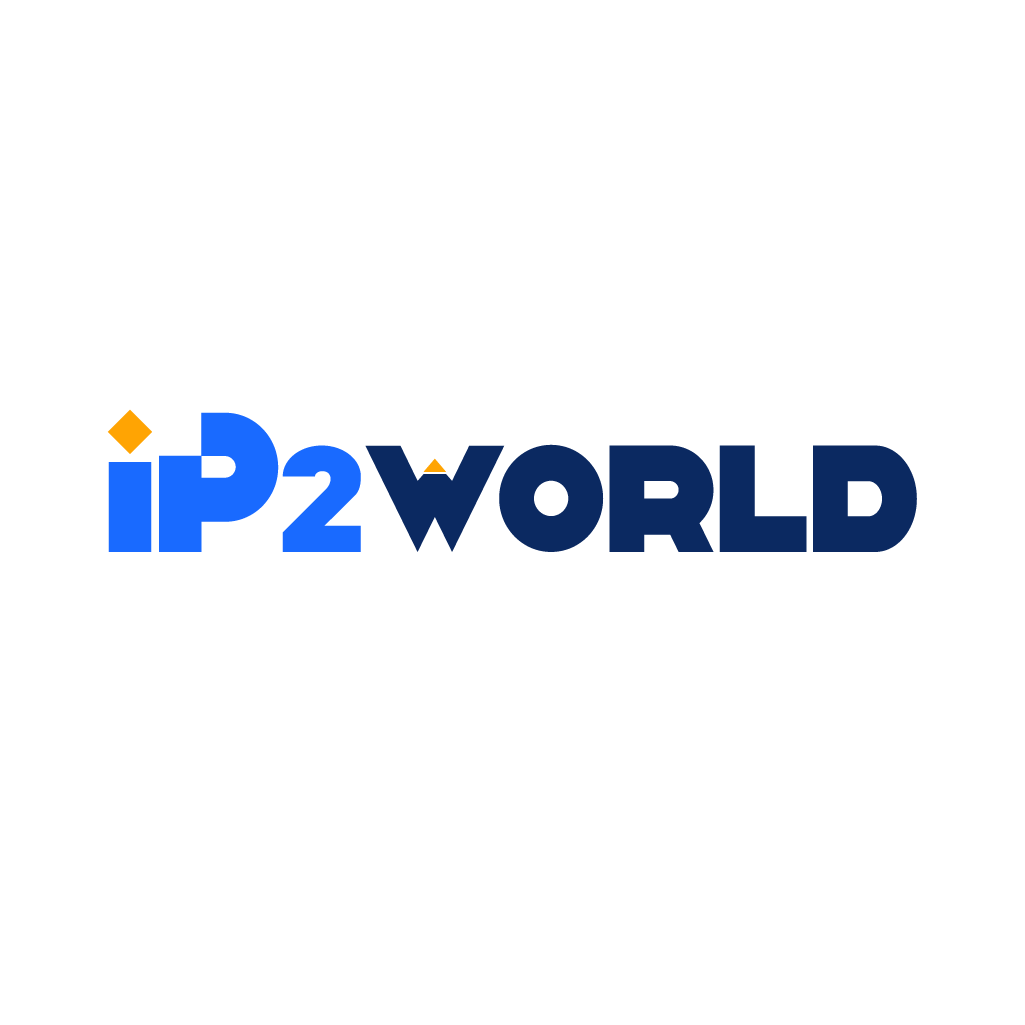I.The digital age has brought about a revolutionary change in the way businesses reach out to their potential customers. The early 1990s saw the inception of digital marketing with the emergence of the internet and search engines like Archie and Yahoo. Over the years, digital marketing has evolved, adapting to the rapidly changing digital landscape. At its core, digital marketing entails promoting products and services using a plethora of digital channels and platforms like websites, social media, email, and mobile apps, to name a few. II. Key Benefits of Digital Marketing 1. Wider Audience Reach and Access: Digital marketing overcomes geographical constraints inherent in traditional marketing, allowing businesses to reach a global audience effortlessly. The internet is a global marketplace, and with a solid digital marketing strategy, brands can have a worldwide presence. 2. Cost-effectiveness: Unlike traditional marketing, digital marketing is more cost-effective, offering a higher return on investment. Small and medium enterprises find digital marketing particularly beneficial due to its cost-effectiveness and the ability to compete with larger players in the market. 3. Measurable Data and Analytics: One of the standout benefits of digital marketing is the ability to track and measure results in real-time. Tools like Google Analytics provide invaluable insights into campaign performance, user behavior, and ROI, facilitating data-driven decision-making. 4. Personalization and Segmentation: Digital marketing enables businesses to tailor their marketing efforts to specific segments of their audience, enhancing engagement and conversion rates. With the wealth of data available, personalizing content to cater to different consumer segments has never been easier. 5. Real-time Engagement: The interactive nature of digital platforms allows for real-time engagement with the audience. Social media, for instance, provides a two-way communication channel where businesses can respond to customer queries, concerns, and feedback instantaneously. III. Main Types of Digital Marketing Digital marketing is an umbrella term that encompasses various channels and strategies: 1. Search Engine Optimization (SEO): Optimizing your website to rank higher on search engine results pages for targeted keywords to drive organic traffic. 2. Search Engine Marketing (SEM): Utilizing paid advertising on search engines to drive traffic, typically through Pay-Per-Click (PPC) advertising. 3. Social Media Marketing (SMM): Leveraging social media platforms like Facebook, Twitter, and Instagram to promote your brand and engage with your audience. 4. Email Marketing: Sending targeted and personalized messages to your audience to nurture leads and maintain customer loyalty. 5. Pay-Per-Click (PPC) Advertising: Running paid ads across various digital platforms, paying only when a user clicks on your ad. 6. Content Marketing: Creating and distributing valuable, relevant content to attract and engage a clearly defined audience. 7. Affiliate Marketing: Promoting other companies' products and earning a commission for every sale made through your referral. 8. Marketing Automation: Using software to automate repetitive tasks and streamline your marketing campaigns. IV. Creating a Winning Digital Marketing Strategy Creating a robust digital marketing strategy is pivotal for achieving your marketing goals. Here are the steps: 1. Setting Goals and KPIs: Establish clear, measurable goals and Key Performance Indicators (KPIs) to gauge the success of your campaigns. 2. Understanding Your Audience: Conduct thorough research to understand your target audience, their preferences, and online behavior. 3. Selecting Appropriate Channels: Choose the digital marketing channels that align with your goals and are frequented by your target audience. 4. Creating Engaging Content: Develop compelling content that resonates with your audience and drives engagement. 5. Optimizing Based on Data: Continuously analyze performance data to tweak and optimize your campaigns for better results. V. The Evolution of Digital Marketing Digital marketing has come a long way since its inception in the 1990s. The early 2000s saw the social media revolution, with platforms like Facebook and Twitter taking center stage. The mid-2000s welcomed a shift to inbound marketing tactics like content marketing, SEO, and social media marketing. With the surge in mobile adoption post-2007, digital marketing further evolved, giving rise to marketing automation and analytics. VI. The Future of Digital Marketing As we venture further into the digital age, several trends are shaping the future of digital marketing: 1. Artificial Intelligence and Machine Learning: These technologies are enhancing predictive analytics, customer segmentation, retargeting, click tracking, and even automating digital marketing activities. 2. Influencer Marketing: Collaborating with influencers is becoming a staple in digital marketing strategies, providing a human touch to brand promotion. 3. Video and Interactive Content: The demand for video and interactive content is on the rise as they provide a more engaging user experience. 4. Personalized Experiences: The focus is shifting towards creating personalized omni-channel experiences for consumers, delivering the right message at the right time on the right platform. 5. Voice Search and Virtual Assistants: With the proliferation of smart speakers and virtual assistants like Amazon's Alexa and Google Assistant, voice search is becoming increasingly prevalent. Brands are now optimizing their content for voice search to provide instant answers and engage users in a conversational manner. In conclusion, digital marketing is an indispensable facet of any business strategy in this digital age. Its evolution over the past decades demonstrates its adaptability and relevance in a rapidly changing technological landscape. From SEO to social media marketing, to the emerging trends like AI and voice search, digital marketing continues to offer myriad opportunities for brands to connect with their audiences, drive conversions, and thrive in the competitive market. As we delve deeper into 2023, embracing the latest digital marketing strategies and technologies is imperative for businesses aiming to stay ahead in the game. The journey from setting clear marketing goals to leveraging the power of digital marketing channels, creating engaging content, analyzing data for optimization, and staying abreast of the latest trends is a continuous endeavor. It requires a blend of creativity, analytical acumen, and an understanding of the digital ecosystem. With the right approach and a robust digital marketing strategy in place, businesses can navigate the digital landscape adeptly, making meaningful connections with their audiences and achieving their marketing objectives.
2023-10-25
